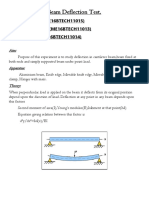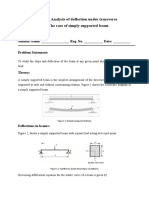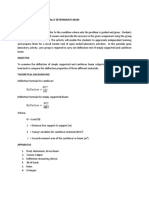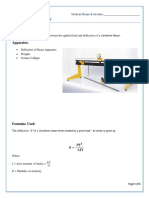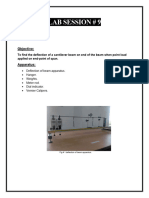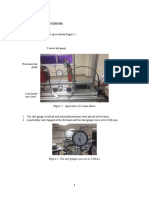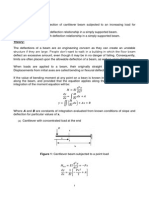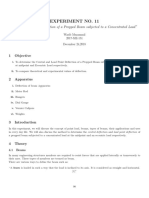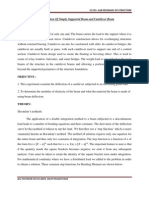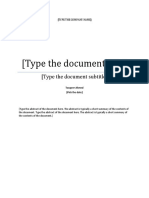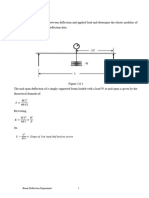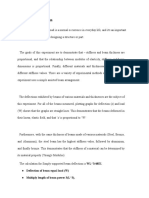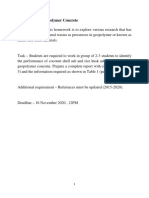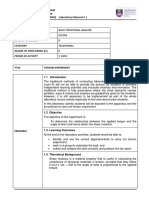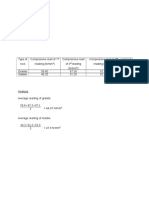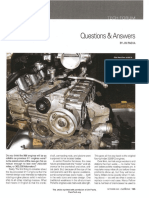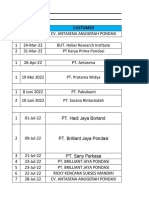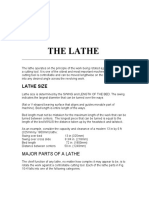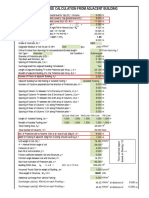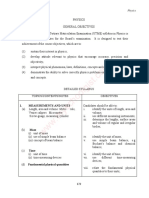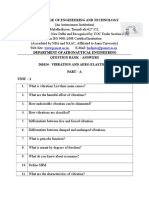0% found this document useful (0 votes)
81 views8 pagesResult Structure
The document analyzes the deflection of simply supported and cantilever beams under different loads. For the simply supported beam, the experimental deflections matched the theoretical values with errors ranging from 1.51% to 100%. For the cantilever beam, the errors were smaller, between 1.51% and 6.99%. The document concludes the experimental results closely matched the theoretical calculations for both beam types.
Uploaded by
ismailCopyright
© © All Rights Reserved
We take content rights seriously. If you suspect this is your content, claim it here.
Available Formats
Download as DOCX, PDF, TXT or read online on Scribd
0% found this document useful (0 votes)
81 views8 pagesResult Structure
The document analyzes the deflection of simply supported and cantilever beams under different loads. For the simply supported beam, the experimental deflections matched the theoretical values with errors ranging from 1.51% to 100%. For the cantilever beam, the errors were smaller, between 1.51% and 6.99%. The document concludes the experimental results closely matched the theoretical calculations for both beam types.
Uploaded by
ismailCopyright
© © All Rights Reserved
We take content rights seriously. If you suspect this is your content, claim it here.
Available Formats
Download as DOCX, PDF, TXT or read online on Scribd
/ 8
